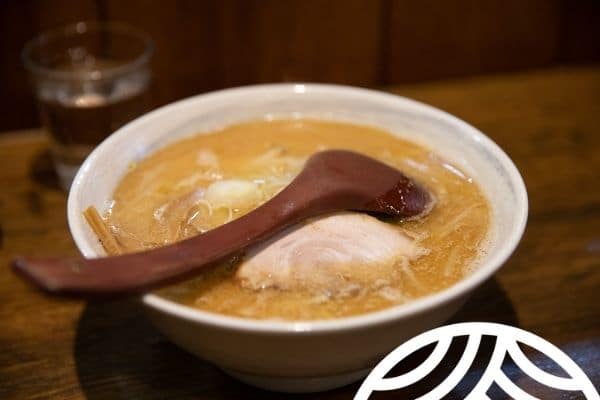Organic miso is a fermented Japanese soy food made with the special fermentation culture of koji and different types of grains.
Slow production and traditional fermentation create a rich and complex flavor with many benefits for our health.
Miso is a nutritious, high-energy whole food that helps maintain health and vitality because it is a healthy food and a concentrated source of essential nutrients.
Miso and its benefits:
Miso production begins by cooking soybeans and combining them with koji (soybeans or beans inoculated with Aspergillus oryzae mold spores), salt, and water. This mixture is then fermented and aged for several months in large cedar wood barrels.
Over time, koji enzymes, along with natural yeasts and bacteria, gradually break down complex grains and beans into amino acids, fatty acids, and easily digestible simple sugars, making miso an excellent food for strengthening digestion.
The same enzymes that help with fermentation during miso making can also help with the digestion of a meal that includes miso, and can even destroy substances in foods that cause food allergies.
It also acts as a digestive tonic and, once established in the gut, the acidic bacteria found in abundance in unpasteurized miso promote health and endurance.
The beneficial bacteria found in the small intestine are also effective in fighting conditions such as constipation, yeast infections (candidiasis), and lactose intolerance.
New research is also beginning to suggest that some strains of friendly bacteria can fight more serious diseases, such as coronary heart disease and cancer.
Miso can be used in place of salt to flavor dishes like soups and stews. It pairs well with ingredients like ginger, garlic, rice vinegar, tahini and zest and citrus juice. See our recipes section for more specific suggestions.
There are numerous varieties, each with its own unique flavor, color, and texture, and each reflects the local culture, crops, and growing conditions of different regions of Japan.
While sweet miso with few soybeans, less salt and more koji is popular in southern Japan, darker miso, often referred to as red miso, contains more soybeans and less grain koji, and traditionally comes from the northern part of Japan.
Use in glass containers or buy in bulk and avoid single-use plastic containers.
Excerpt from article published in Clearspring “What is miso and why is it so good for us?”






